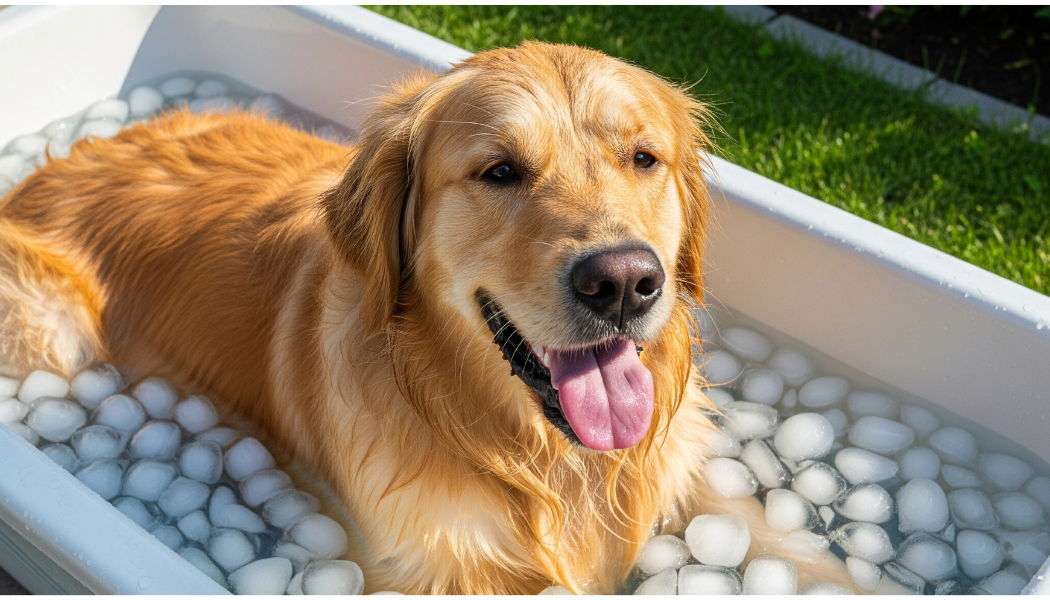Top quality
This sedge was hard to find and you had some.
Please note your preferred ship date/week in the "Order Comments" section at checkout.
See the "Shipping" page under "Company Information" for additional info.
IT'S GOING TO BE HOT!

We will delay shipments when temperatures rise above 95 degrees F for plant safety.
We are unable to ship to any US Territories, AK, AZ, CA, CO, HI, ID, MT, NM, NV, OR, UT, WA, or WY
Very valuable groundcover sedge for dry shade. Carex pennsylvanica is unpalatable to deer, rabbits, livestock, and other herbivores.
Pennsylvania Sedge forms soft, grass-like clumps of very narrow, bright green leaves. The clumps will spread, forming a nice soft mat. The leaves curl gently and turn pale brown for the winter, but the foliage remains partially evergreen, especially in milder winters.
Picture copyright : sharon_k, Flickr
Blooming Time: May
Size: 15" high x 1' wide clumps
USDA Zones: 3 to 8
Culture: full shade to half or dappled shade, average to drained or shallower soils
Moisture Needs: drained or drier, but this plant will tolerate moist soil
Origin: this native sedge grows in dry to medium-moist woods in the mountains from West Virginia to Alabama and Georgia (USDA distribution map)
Deer/Rabbit Resistant: yes / yes
Attracts Butterflies or Pollinators: probably attracts small native butterflies and pollinators
Attracts Hummingbirds: no
Pot Size: square 3.5" x 4" deep pot
Plant combinations: Use this sedge in masses or bigger groups, as a ground covering perennial, or substitute it in lawns in difficult spots. Some great perennial companions are Aquilegia canadensis, Asarum, Aster divarcatus, Brunnera, Epimedium, Heuchera, smaller hostas, Mertensia, Phlox divaricata, Persicaria, ferns and others.
Very valuable groundcover sedge for dry shade. Carex pennsylvanica is unpalatable to deer, rabbits, livestock, and other herbivores.
Pennsylvania Sedge forms soft, grass-like clumps of very narrow, bright green leaves. The clumps will spread, forming a nice soft mat. The leaves curl gently and turn pale brown for the winter, but the foliage remains partially evergreen, especially in milder winters.
Picture copyright : sharon_k, Flickr
Blooming Time: May
Size: 15" high x 1' wide clumps
USDA Zones: 3 to 8
Culture: full shade to half or dappled shade, average to drained or shallower soils
Moisture Needs: drained or drier, but this plant will tolerate moist soil
Origin: this native sedge grows in dry to medium-moist woods in the mountains from West Virginia to Alabama and Georgia (USDA distribution map)
Deer/Rabbit Resistant: yes / yes
Attracts Butterflies or Pollinators: probably attracts small native butterflies and pollinators
Attracts Hummingbirds: no
Pot Size: square 3.5" x 4" deep pot
Plant combinations: Use this sedge in masses or bigger groups, as a ground covering perennial, or substitute it in lawns in difficult spots. Some great perennial companions are Aquilegia canadensis, Asarum, Aster divarcatus, Brunnera, Epimedium, Heuchera, smaller hostas, Mertensia, Phlox divaricata, Persicaria, ferns and others.
This sedge was hard to find and you had some.
